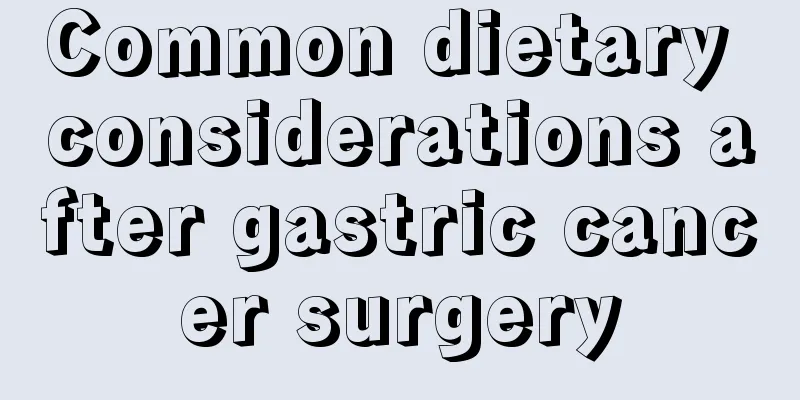Is reflux esophagitis grade B serious?

|
What is reflux esophagitis grade B? Reflux esophagitis grade B is an inflammatory lesion of the esophagus caused by the reflux of gastric and duodenal contents into the esophagus. Endoscopic manifestations include damage to the esophageal mucosa, namely esophageal erosion and/or esophageal ulcer. This disease can occur in any age group, but it is more common in middle-aged and elderly people. It has been on the rise in recent years and needs our attention. Disease classification According to the degree of esophageal mucosal damage under endoscopy, reflux esophagitis is divided into four grades: A, B, C, and D. Grade A esophagitis refers to esophageal mucosal damage limited to mucosal folds without fusion; and the length of erosion is less than 5mm. Grade B esophagitis refers to erosion length greater than 5mm. Grade C esophagitis refers to esophageal damage with fusion, but not exceeding 75% of the esophageal circumference. Grade D esophagitis refers to circumferential mucosal damage to the esophagus. Causes The prerequisite for causing reflux esophagitis is that gastric contents reflux into the esophagus across the lower esophageal sphincter (LES), and the esophagus itself cannot clear the refluxed material quickly, causing gastric contents to remain in the esophagus for a long time. Damage factors in gastric contents such as acid, bile acid, and pepsin damage the esophageal mucosa, leading to reflux esophagitis. Pathogenesis The pathophysiological basis of reflux esophagitis is esophageal and gastric motility disorder, including esophageal body motility disorder, LES function and gastric motility disorder. In addition to anatomical abnormalities (such as hiatal hernia), the causes of these dysfunctions include certain diseases (such as diabetes), drugs (such as smooth muscle relaxants) and foods (such as high-fat foods, chocolate, coffee) that may lead to LES dysfunction and cause reflux. Clinical manifestations Patients with reflux esophagitis show typical symptoms of gastroesophageal reflux, but may also have no reflux symptoms and only show symptoms of indigestion such as upper abdominal pain and discomfort. There was no correlation between the severity of esophagitis and reflux symptoms. The clinical manifestations of patients with severe esophagitis are not necessarily serious. Classic reflux syndrome refers to heartburn, regurgitation, and chest pain caused by reflux. Heartburn refers to a burning sensation behind the sternum radiating to the neck, and regurgitation refers to the reflux of gastric contents into the pharynx or mouth. Reflux symptoms often occur after a full meal, and nocturnal reflux seriously affects the patient's sleep. |
<<: Why does the sole of my foot hurt when I walk?
>>: What are the early symptoms of goiter?
Recommend
How can I cure my eye injury
As we age, our eyes become more and more cloudy, ...
The tongue is covered with patches and has no coating
The tongue is a very important tissue. It is not ...
How long can you live if pancreatic cancer cells have spread
Pancreatic cancer is a common malignant disease. ...
What exactly does aspartate aminotransferase refer to
In current clinical practice, aspartate aminotran...
Related factors of tracheostomy recurrence in laryngeal cancer
Tracheostomy recurrence after laryngeal cancer su...
How can glioma be diagnosed
Glioma refers to a tumor that occurs in the neuro...
Can malignant liver cancer be cured?
The possibility of curing malignant liver cancer ...
Why does chemotherapy cause low sodium in lung cancer patients
Lung cancer is a common malignant tumor, and chem...
Why is my nose always red
The nose is a very important organ for the human ...
What are the different types of lip shapes
Among our five senses, lips are the organ that be...
Topical treatment for skin cancer
Skin cancer is a malignant tumor with local skin ...
How to clean the black bottom of a toothbrush
How to clean the black bottom of the toothbrush T...
Fumigation method to remove formaldehyde
Many families worry about excessive formaldehyde ...
Which teeth are suitable for lingual correction
Teeth are a very important part of the human body...
What are the specific treatments for brain cancer
In recent years, brain cancer has become one of t...









